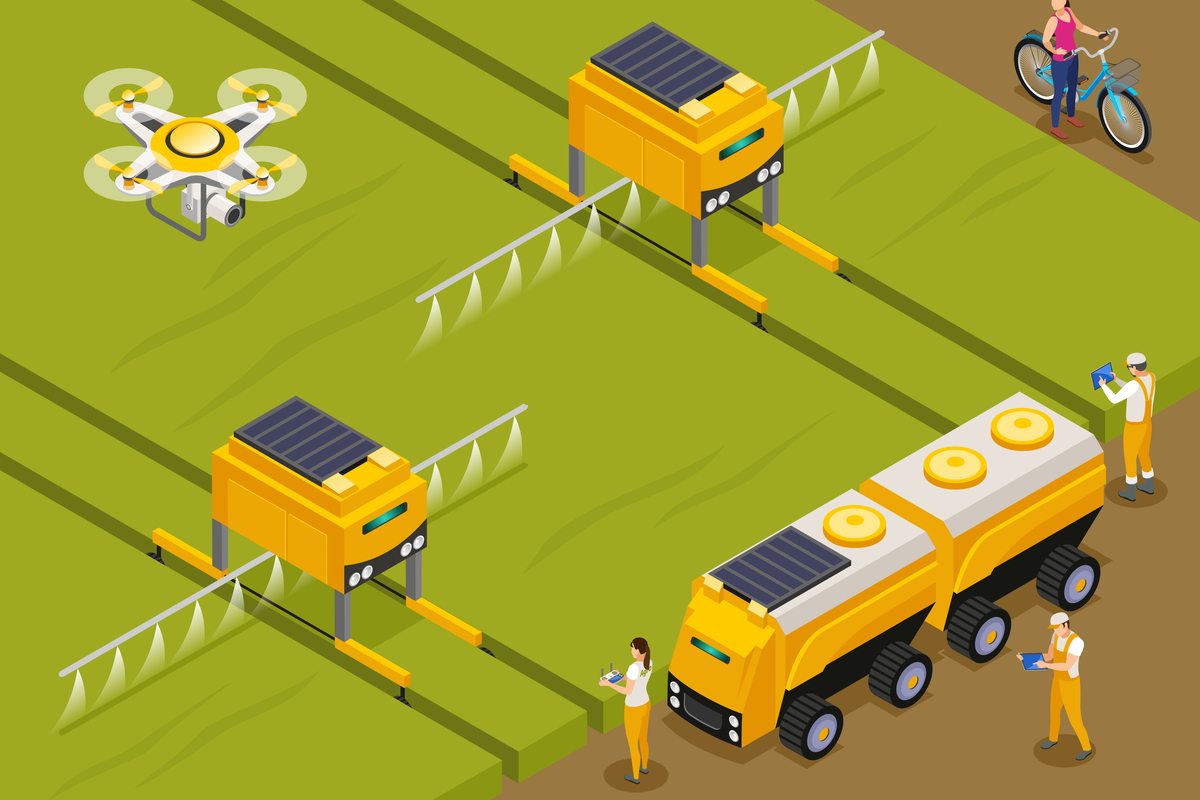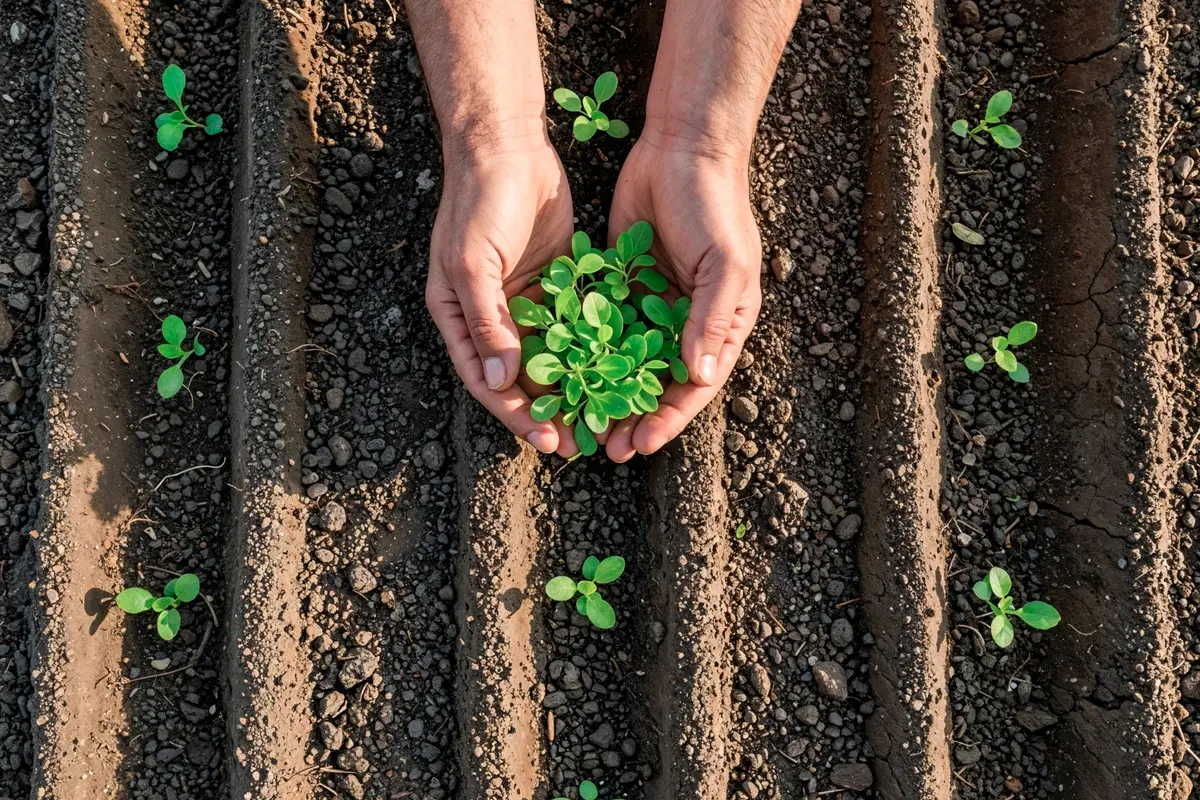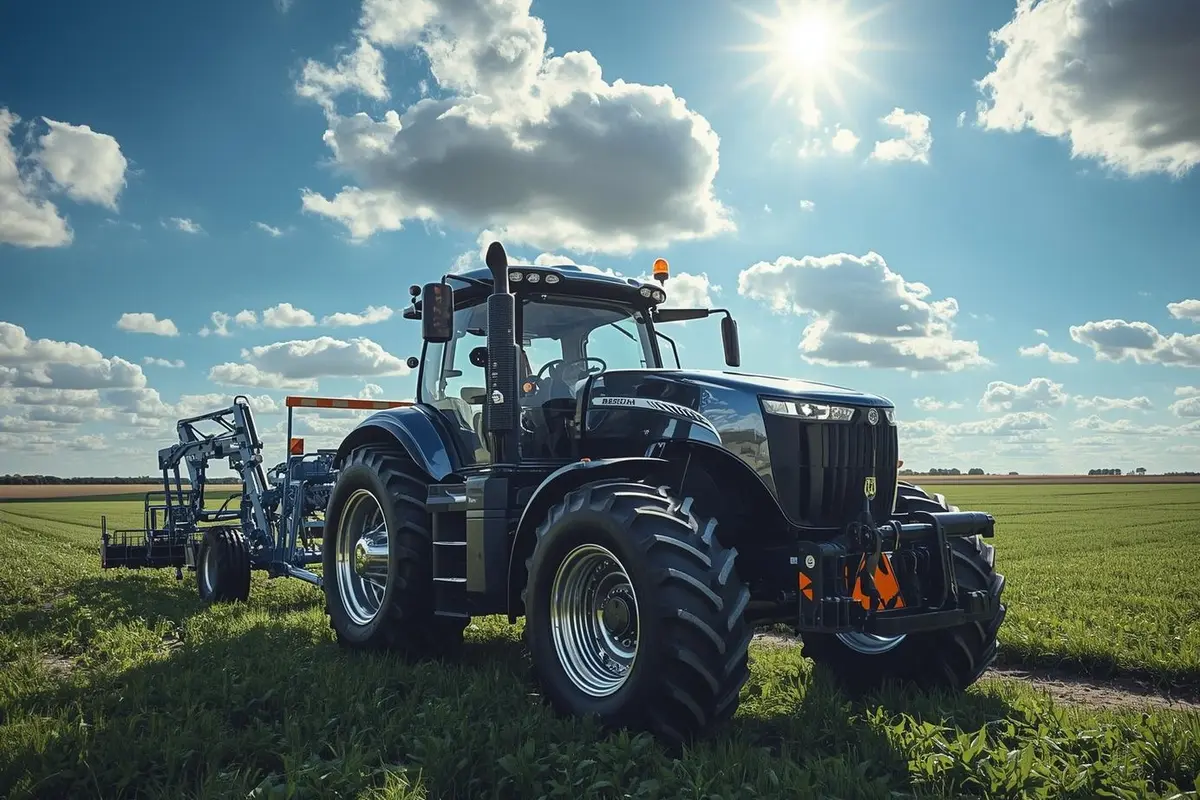Hydroponic farming, a method of growing plants without soil by using nutrient-rich water solutions, is rapidly gaining popularity as an innovative and efficient agricultural technique. This soilless method comes with some impressive benefits, such as faster plant growth, better space utilization, and reduced water usage, making it ideal for urban and indoor farming.
However, like any modern technology, hydroponics also has some disadvantages. High initial setup costs, technical complexities, and the need for constant monitoring can limit its accessibility, especially for small-scale farmers. In this article, we will take a closer look at both the advantages and disadvantages of hydroponic farming to understand its potential and limitations in the agricultural landscape.
Table of Contents
Advantages of Hydroponic Farming
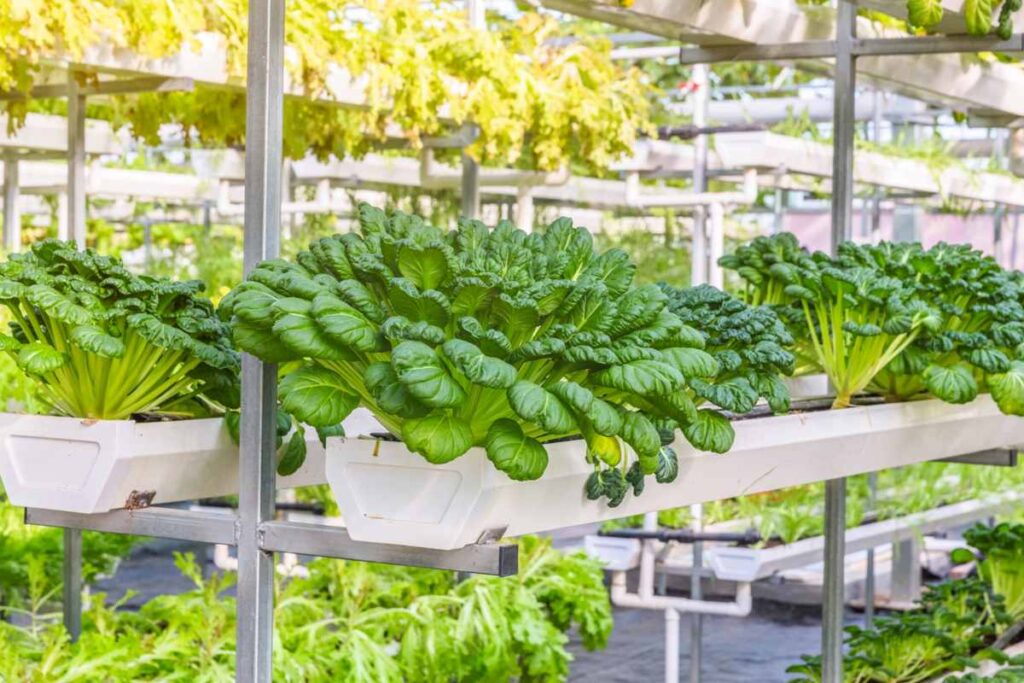
1. Efficient Use of Space
Hydroponic systems require significantly less space compared to traditional farming because plants can be grown in vertically stacked layers or closely spaced without competing for soil nutrients. This makes it ideal for urban areas or locations with limited arable land, allowing for higher crop yields in smaller areas.
2. Water Conservation
Hydroponic farming uses up to 90% less water than soil-based farming. Water in the system is recirculated and reused, reducing wastage. Since the water goes directly to the roots and there’s minimal evaporation, hydroponics is a sustainable option, especially in regions facing water scarcity.
3. Faster Plant Growth
Plants grown hydroponically tend to grow faster than those grown in soil because they receive a constant and optimized supply of nutrients, water, and oxygen. The controlled environment eliminates stress factors like drought, poor soil quality, and pests, allowing for quicker and more consistent growth.
4. No Soil Required
Since hydroponics doesn’t use soil, problems like soil-borne diseases, pests, and weeds are greatly reduced or eliminated. This leads to healthier crops and less need for chemical pesticides or herbicides, making the produce cleaner and safer for consumption.
5. Better Control Over Growing Conditions
Hydroponic farming allows precise control over factors such as nutrient concentration, pH levels, water quality, and light. This means farmers can create the ideal environment for each type of crop, resulting in higher productivity and consistent quality.
6. Reduced Use of Chemicals
Due to the controlled and clean environment, hydroponic systems often require fewer pesticides and fertilizers. The reduced chemical usage not only lowers the cost of inputs but also benefits the environment and improves food safety for consumers.
7. Year-Round Production
Hydroponic systems can be set up indoors or in greenhouses, allowing crops to be grown throughout the year regardless of the season. This ensures a continuous supply of fresh produce, providing a steady income for farmers and reducing dependence on seasonal farming.
8. Environmentally Friendly
Hydroponics contributes to environmental protection by reducing the need for land clearing, minimizing soil erosion, and using water more efficiently. The ability to grow food locally also reduces transportation emissions, supporting a more sustainable food system.
Disadvantages of Hydroponic Farming
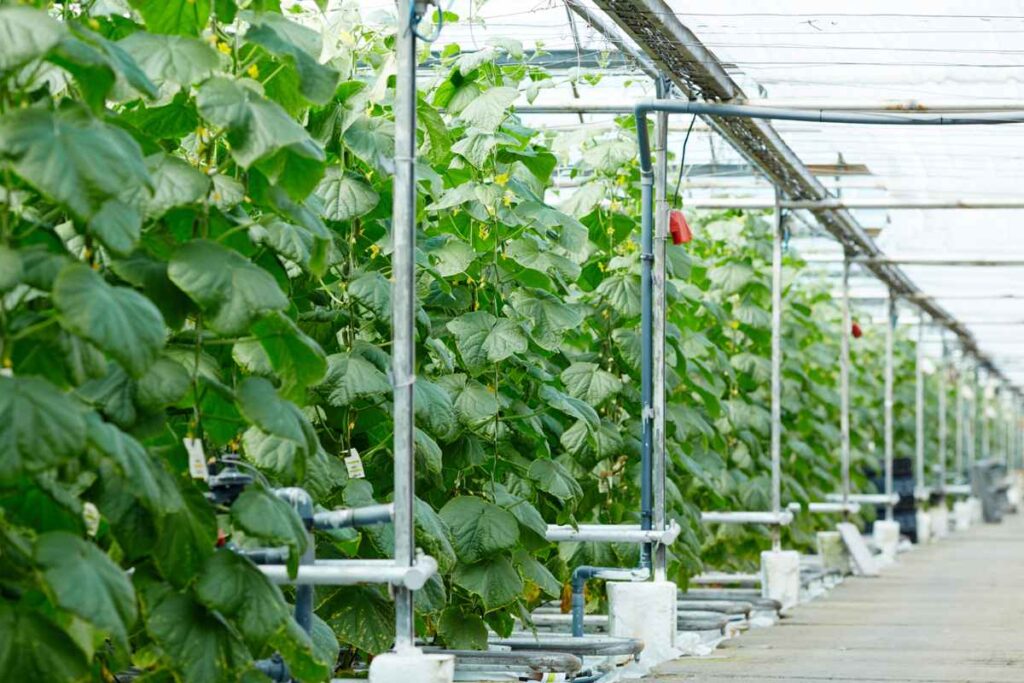
1. High Initial Setup Cost
One of the biggest challenges of hydroponic farming is the high initial investment required to set up the system. Costs include infrastructure, lighting, nutrient solutions, pumps, growing trays, and environmental control systems. This can be a major barrier for small-scale or beginner farmers.
2. Technical Knowledge Required
Hydroponic farming involves a steep learning curve and requires technical knowledge about plant nutrition, system maintenance, and environmental control. Mistakes in nutrient balance, water pH, or system design can affect plant growth and yield, making proper training essential.
3. Risk of System Failures
Since hydroponics is a highly controlled system, any technical failure, such as a power outage, pump breakdown, or water supply disruption, can harm the entire crop in a short time. Unlike soil, which retains some moisture, hydroponic plants can dry out quickly if systems stop working.
4. Constant Monitoring Needed
Hydroponic systems require continuous monitoring of water quality, nutrient levels, temperature, and humidity. This can be time-consuming and demands attention to detail, as any imbalance may quickly affect plant health and productivity.
5. Limited Crop Variety
Not all crops are suitable for hydroponic farming. While leafy greens, herbs, and some fruits like tomatoes and strawberries do well, root vegetables and large field crops are harder to grow efficiently in hydroponic systems due to space and structural constraints.
6. Expensive Maintenance
Maintaining a hydroponic system can be costly over time, especially when using artificial lighting, automated monitoring systems, or climate control. Replacing damaged equipment and regularly updating components can add to operational expenses.
7. Risk of Waterborne Diseases
Although hydroponics reduces soil-related diseases, it can lead to the spread of waterborne diseases. If one plant gets infected, the disease can quickly spread through the shared water supply, affecting the entire system if not addressed promptly.
8. Dependency on Electricity
Most hydroponic systems rely heavily on electricity to operate pumps, lights, fans, and monitoring devices. This makes them vulnerable to power cuts, and in areas with unstable electricity, backup power systems may be required, increasing both cost and complexity.
Conclusion
In conclusion, hydroponic farming presents a modern and efficient alternative to traditional agriculture, offering benefits like faster growth, water conservation, and year-round production. However, it also comes with challenges such as high setup costs, technical complexity, and dependency on electricity and monitoring systems. By weighing the advantages and disadvantages of hydroponic farming, it becomes clear that while this method holds great promise for the future of sustainable agriculture, its successful adoption depends on proper planning, investment, and education.



